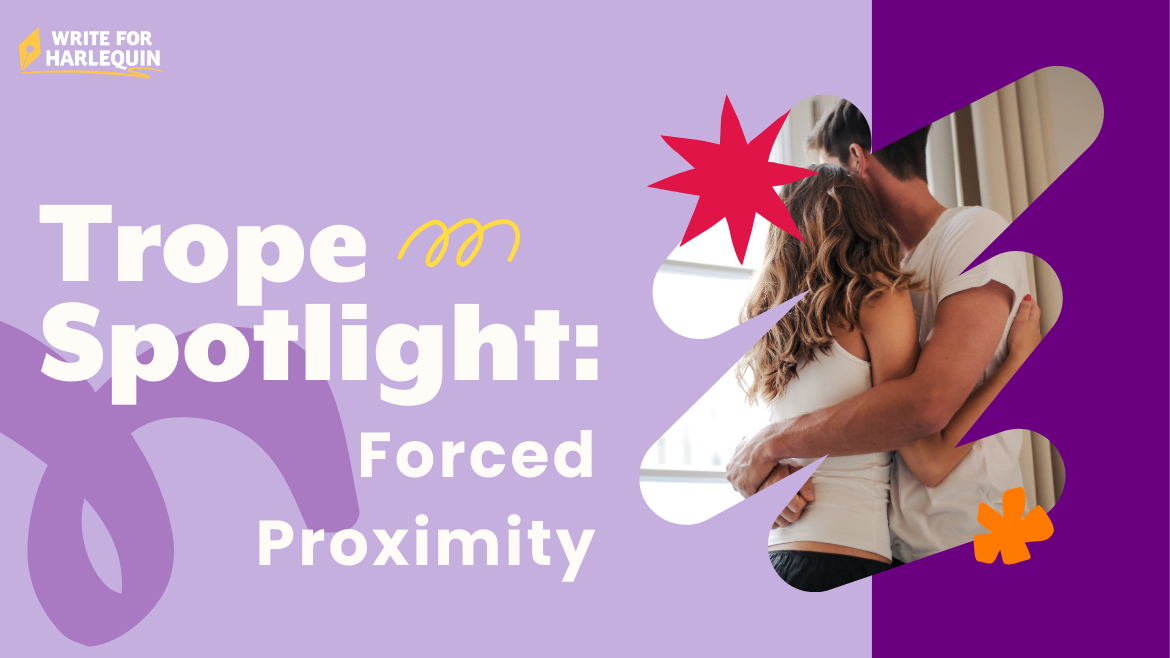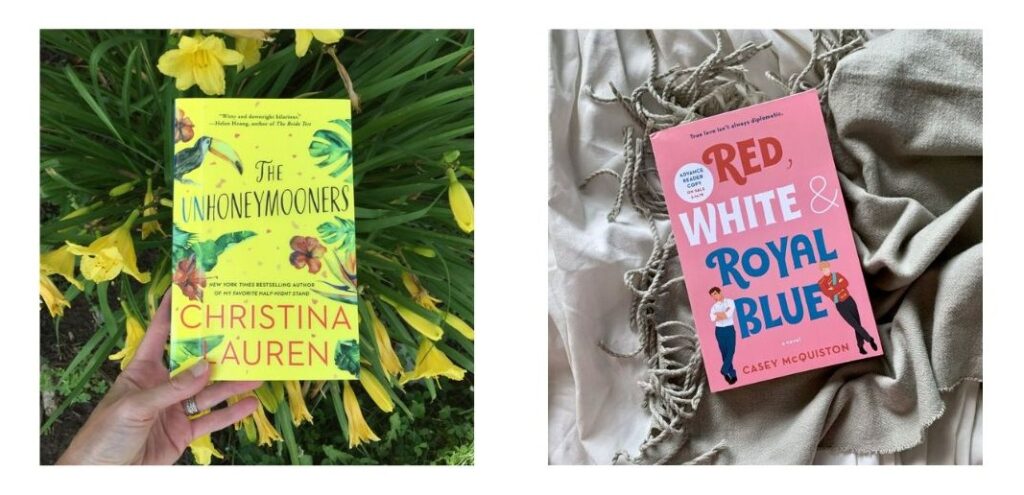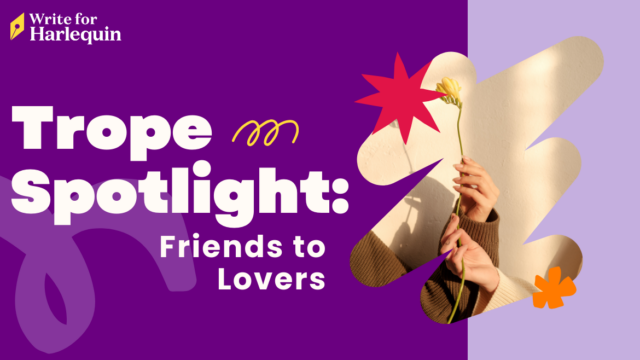
By Editor Jenny Macey
The much-loved forced proximity trope is all about giving two people the chance to fall in love, despite all of the obstacles that usually stand in their way. Sometimes authors have to step in and give fate a helping hand! From Claire and John in The Breakfast Club, to Margaret and Andrew in The Proposal, and Tiffy and Leon in Beth O’Leary’s The Flatshare, we’ve seen countless examples of the forced proximity trope playing out on our screens and in the pages of our favorite books. But what makes a good forced proximity story? We’ve pulled together some suggestions and advice to think about when writing your own!
What circumstances have forced your characters together?
One of the most exciting things about a forced proximity story is the amount of creative freedom you have. There are endless ways to write this trope, starting with what it is that forces your characters together in the first place. Are they stranded together in an unexpected snowstorm? Are they reluctant roommates? Do they have to work together to catch a killer? Are they professional rivals who have to collaborate on a project? Whatever the circumstances, the key here is ensuring that the element of choice has been taken away from one or both of your characters. They’re not choosing to be together, at least initially—they’re stuck together!
You also want to make sure that the way your romantic leads come together feels in keeping with the characters and overall tone of the story. Is it an amusing misunderstanding, a suspenseful threat to one, or both, of the characters’ lives, or a high-stakes demand for a marriage of convenience from a commanding billionaire? These scenarios all introduce a very different tone, so it’s important that the one you choose feels consistent with the overall feel of your story, whether it’s a rom com, a sweet romance, or a thriller.
How does the forced proximity change their relationship?
There are also many ways you can use the forced proximity of your protagonists to develop their relationship. Does occupying the same space force them to slowly learn to trust one another? Does the time together allow them to understand one another better? Do they bond over their shared circumstances or a common goal? Do heightened emotions and small quarters allow repressed desires to come to the surface?
How you use the forced proximity to develop their connection will largely depend on what relationship they had prior to being stuck together. Were they friends who hadn’t previously allowed themselves to acknowledge their attraction to one another? Were they enemies who believed they hated each other? Or were they strangers, who happened to find themselves trapped together? Whatever dynamic you want your protagonists to have at the start of the story, it’s just essential that you build organically towards the shift in their relationship (using forced proximity as a tool to nudge them in the right direction!), so that it feels fully convincing to readers.
How does the forced proximity plot fit within the wider story?
There can also be variation in how the forced proximity plot is used within the wider context of the story. Forced proximity might be the primary theme, used to drive the developing romance between the protagonists throughout the narrative. For example, in The Unhoneymooners by Christina Lauren, Olive and the best man at her sister’s wedding (her sworn enemy!) have to go on an all-expenses-paid honeymoon in Hawaii—together. Forced into close proximity and having to pretend to be newlyweds, they slowly begin to see past their assumptions about one another and an unexpected connection blossoms. Here, the forced proximity theme is carried throughout the story, helping to sustain the tension and give the characters time to confront their feelings for one another.
Alternatively, the forced proximity theme can be used to spark a turning point in the protagonists’ relationship, even if the characters are only forced together for a single chapter or scene. One example of this is Casey McQuiston’s beloved novel Red, White & Royal Blue. Alex and Henry are only in forced proximity for a small section of the story, when they have to spend a weekend together generating good PR after an international incident at the royal wedding. But when they end up locked in a supply closet, they finally realize that their mutual dislike was based on misunderstandings, and a tentative friendship develops. Which, of course, quickly devolves into a passionate romance… Though the forced proximity theme isn’t continued throughout the rest of the story, this scene is pivotal in changing the course of their relationship.
As you can see from the examples above, forced proximity is a trope that you can really make your own, and we hope these ideas have inspired you to do so!
Interested in reading more about key romance tropes? Check out our Enemies to Lovers trope spotlight!






